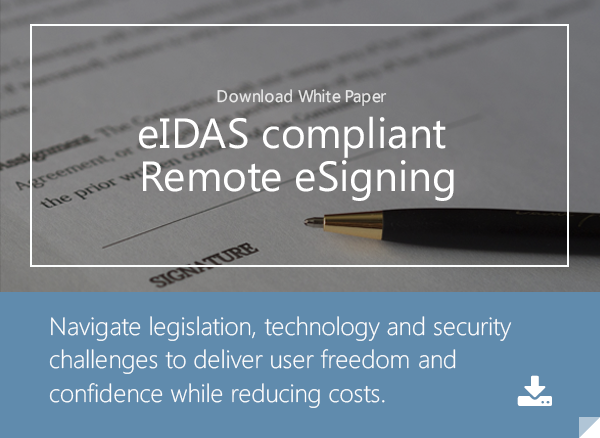
Great strides have been made in the retail banking and payments space via innovative financial technology products. However, in the corporate banking space, the developments and transformation into a truly digital platform have been more muted. This small case study provides a mock-up of how a fully digital, secure, and authenticated transaction can take place using a single one-stop application.
The client
The client is a medium-sized manufacturer based in the European Union. They have a cluster of vendors providing the raw materials and some distributors selling the products locally. However, the client now wants to add some new distributors in the EU itself. Given the tight margins and competition in the client’s industry, it is not cost-effective to trade via formal documentary credit products. Moreover, the client would have to provide credit to the new distributors so that they can sell the goods and then pay back the client in 90 days’ time.
The requirement
Currently, the client and its vendors/ distributors have to engage in a lot of paper-based activity. The purchase orders, invoices, transport documents, etc., must be signed, scanned, and shared to complete the transaction. In addition to being time-consuming, the method does not provide a clear, real-time picture of what is occurring. All of this translates into time delays and cost escalations.
The requirement is for a single window that gives real-time information to all involved parties (the buyer, the seller, their banks, and the transporter) in a secure environment where the identities of all parties can be established while ensuring non-repudiation.
The structure
The majority of banks have their own transaction processing systems. However, the issue with these systems is that they do not talk to each other and operate in their own silos. Eventually, communication between the parties and the banks becomes tedious and manual. Banks usually rely on SWIFT messages in order to process trade transactions – these require a lot of manual intervention and cost both in terms of time, and money and are even prone to the occasional error. The truth is that automation in corporate banking has lagged behind developments in the retail banking space.
Now let’s see what a fully digital, secure and authenticated trade platform can achieve
The client uploads shipping information to the trade portal. The transporter receives the notification and schedules a pick-up automatically. The goods are transported to the distributor in another EU member country. The trade application generates the transport documents, goods received notes, etc., and all three parties have real-time access to the documents. The documents are signed digitally by authorized personnel whose identities are authenticated by the trade application.
The distributor then proceeds to liquidate their newly acquired stock. On the agreed date, he makes the payment against the digitally generated and signed invoices which are already accessible in the trade application. The payment instruction itself is sent to the distributor’s bank via the trade application. The entire procedure is carried out through the trade application, which is entirely verifiable and authenticated.
References and Further Reading
- Selected articles on Authentication (2014-16), by Heather Walker, Luis Balbas, Guillaume Forget, Jan Kjaersgaard, Dawn M. Turner and more
- Selected articles on Electronic Signing and Digital Signatures (2014-16), by Ashiq JA, Guillaume Forget, Jan Kjaersgaard , Peter Landrock, Torben Pedersen, Dawn M. Turner, Tricia Wittig and more
- REGULATION (EU) No 910/2014 on electronic identification and trust services for electronic transactions in the internal market and repealing Directive 1999/93/EC (2014) by the European Parliament and the European Commission
- Recommendations for the Security of Internet Payments (Final Version) (2013), by the European Central Bank
- Security Controls Related to Internet Banking Services (2016), Hong Kong Monetary Authority
Image: keyboard shop icon, courtesy of Animated Heaven, Flickr (CC0 1.0)
